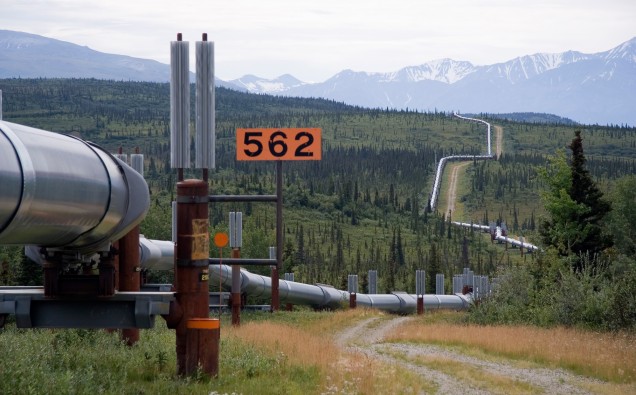
Hit by low prices, growth in global oil supply is plunging and will only start re-balancing in 2017, the latest International Energy Agency medium-term report for the next five year says.
But the report cautions that insufficient investment poses risk of an oil prices spike in the later part of the outlook period.
Oil prices below $30 a barrel are the lowest in 12 years caused by high inventory levels of crude oil, prospects of additional supplies, depressed commodity prices and an uncertainty about the global economic outlook.
This in turn has hurt profit margins of oil companies, forcing them to cut capital investment in exploration and production and raising the prospects of rise in oil prices in later part of 2016-2021.
During the outlook period, oil supplies are estimated to add 4.1 million barrels a day (mb/d), a steep decline from the total growth of 11 mb/d seen in the period 2005-2009, according to the Medium-Term Oil Market Report (MTOMR) released by International Energy Agency.
The drop comes amid lowering capital expenditure on global oil exploration and production that fell 24 percent in 2015, with a forecast of 17 percent cut in 2016 – the first time since 1986 that upstream investment has fallen for two consecutive years, according to the report.
In spite of high-cost production, light, tight oil (LTO) output in the U.S. remained robust belying fears that downward spiral in oil prices will cut into production that rose from 5 mb/d in 2008 to 9.4 mb/d in 2015. Slowing in mid-2015, there has been a modest pull-back with production still close to 9.0 mb/d recorded in early February of 2016.
The LTO production is expected to fall back by 600,000 barrels a day and by a further 200,000 barrels a day in 2017 before a gradual recovery in oil prices that will allow a gradual recovery. US production is seen reaching an all-time high of 14.2 mb/d by the end of the forecast period.
The oil market will begin rebalancing in2017 and by 2021, the United States and Iran are being seen as leading production gains among non-OPEC and OPEC members respectively.
A year ago, analysts were expecting the oil market to return to balance by the end of 2015. That did not happen as supply exceeded by massive margins of 0.9 mb/d in 2014 and 2 mb/d in 2015. For 2016, the report forecasts a further build of 1.1 mb/day.
The rebalancing in 2017 will cause the price to rise gradually but the availability of resources that can be easily and quickly tapped will prevent the scope of rallies, at least in the near-term.
High oil inventory will act as a “dampener” on the pace of recovery in oil prices and, unless a larger than expected fall in non-OPEC oil production in 2016 and or a major demand growth spurt, it is hard to see oil prices recovering significantly in the short-term, from the currently prevailing low prices. A major geopolitical event can lead to an upward trend, though.
The report also forecasts annual average 1.2 percent growth in demand to 1.2 mb/d through 2021, as low oil prices are unlikely to spur demand in early years of forecast. The demand will break the 100 mb/d barrier at some point in 2019 or 2020. In 2015, the world oil demand rose 1.7 percent to 1.6 mb/d, one of the biggest increase in recent years.
However, the IEA points to the risk of an oil price spike in the later part of the outlook period arising from insufficient investment.
“It is easy for consumers to be lulled into complacency by ample stocks and low prices today, but they should heed the writing on the wall: the historic investment cuts we are seeing raise the odds of unpleasant oil-security surprises in the not-too-distant-future,” said IEA Executive Director Fatih Birol, while launching the report.













